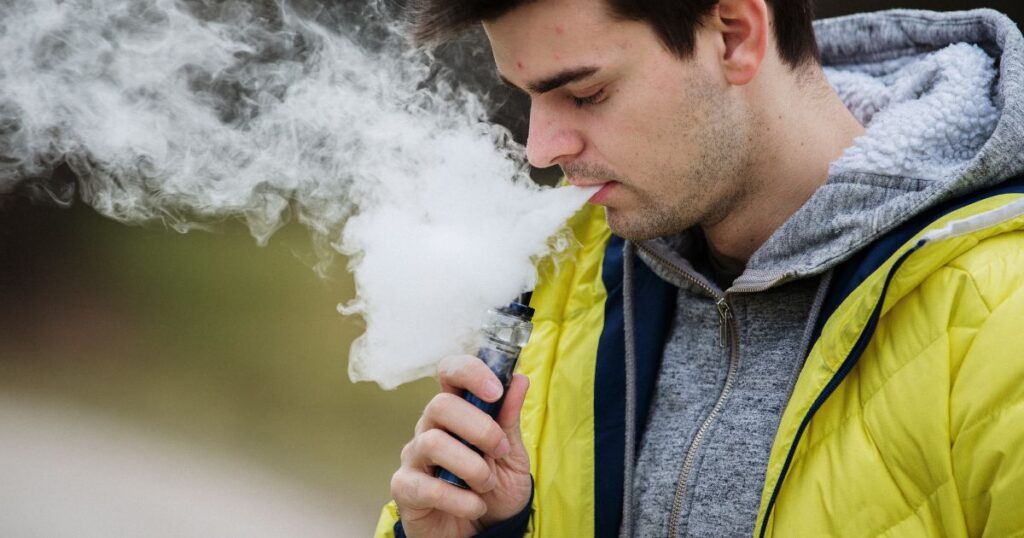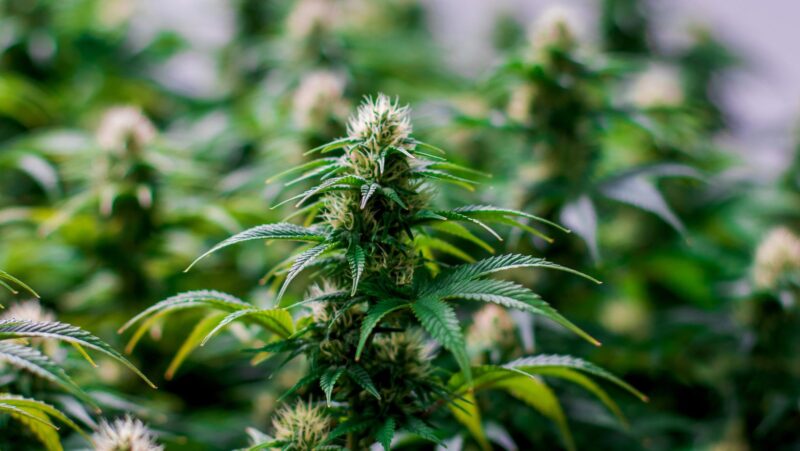

The cannabis industry has undergone significant transformation over the years, from prohibition to legalization in many parts of the world. One of the most notable advancements within the cannabis sector is the rise of THC carts—also known as THC cartridges or vape pens. These devices have revolutionized the way cannabis is consumed, marking a shift from traditional smoking methods to a more discreet, convenient, and technologically advanced approach.
The evolution of THC carts has not only changed how people consume cannabis but also influenced broader cannabis culture in profound ways.
A Brief History of Vaping and THC Carts
The concept of vaping cannabis is not new, but its popularity skyrocketed in the early 2000s with the advent of e-cigarettes. Initially developed as an alternative to smoking tobacco, the vaping industry quickly expanded to include cannabis products. THC carts, designed to vaporize THC oil, became a convenient option for consumers who sought a cleaner, less odorous way to consume cannabis.
The first cannabis vaporizer prototypes were bulky and impractical for daily use. However, as technology advanced, so did the design of vaporizers. THC cartridges were introduced, offering users a pre-filled, disposable option that could be attached to a small, battery-powered pen. This innovation quickly gained traction for its simplicity and ease of use. With so many options available today, consumers can now find the perfect THC cart that meets their needs in terms of potency, flavor, and convenience, enhancing their overall vaping experience.
Why THC Carts Became Popular
THC carts offer several benefits that have made them a preferred choice among many cannabis users. First and foremost, they provide discretion. Unlike traditional smoking methods, which produce a strong odor and are not always socially acceptable, vaping THC produces little to no smell. This allows users to enjoy cannabis in public spaces or in shared living environments without drawing attention.
Another reason for the rise in popularity of THC carts is the convenience factor. Unlike rolling joints, packing a bowl, or using a bong, THC carts are ready to use with the click of a button. They’re portable, easy to carry around, and offer precise dosing, which appeals to both seasoned users and newcomers alike.
In addition, the rise of THC carts coincided with advancements in cannabis extraction technology. Companies were able to produce high-quality THC oil, often using methods such as CO2 or solventless extraction, which provided purer and more potent products. This allowed users to experience the effects of THC more efficiently without the need for combustion and the associated health risks.
The Cultural Impact of THC Carts
- Normalization of Cannabis Use
One of the most significant ways THC carts have changed cannabis culture is through the normalization of cannabis consumption. In the past, cannabis use was often stigmatized, associated with counterculture movements, or seen as something illicit. The sleek and modern design of THC vape pens has contributed to the destigmatization of cannabis, making it more acceptable in mainstream society.

Unlike smoking a joint, which can be conspicuous and even frowned upon, using a THC vape pen looks similar to using an e-cigarette. This has helped cannabis users blend in, reducing the negative social implications that sometimes come with smoking. As a result, cannabis consumption is now seen as more of a lifestyle choice rather than a rebellious act, contributing to its growing acceptance in both legal and social contexts.
- Influence on Health and Wellness Trends
The rise of THC carts has also intersected with the health and wellness movement. As more people seek alternatives to smoking due to concerns about lung health, vaping has been promoted as a “safer” option despite ongoing debates about its long-term effects. THC carts have tapped into this trend by offering users a way to experience the benefits of cannabis without the harmful byproducts of combustion, such as tar and carcinogens.
As vaping continues to shape cannabis culture, edibles remain a popular alternative, with options like THC gummies online offering a different method for consuming THC discreetly and conveniently.
Additionally, the ability to microdose with THC carts has allowed individuals to incorporate cannabis into their wellness routines. For example, some users turn to THC carts for managing anxiety, stress, or pain relief, without feeling the overwhelming effects of higher doses of THC that might come from smoking or edibles. This has made cannabis more accessible to a broader audience, including those who may have been hesitant to try it in the past.
- Cannabis on the Go: The Convenience Factor
THC carts have made cannabis consumption more flexible and adaptable to modern lifestyles. Busy professionals, travelers, and casual users alike appreciate the portability of vape pens, allowing them to consume cannabis wherever and whenever they choose. This has led to the rise of “cannabis on the go” culture, where users integrate cannabis into their daily routines, similar to how they might sip a cup of coffee or grab a snack.
The convenience of THC carts also plays a role in social settings. Rather than the traditional ritual of passing around a joint or sharing a bong, users can have their own vape pens, allowing for more hygienic and personal consumption.

This aligns with the current trend of personalization in consumer products, where individuals seek tailored experiences that suit their preferences and lifestyle.
Challenges and Concerns
While the rise of THC carts has had many positive impacts on cannabis culture, it has not been without challenges. One of the biggest concerns is the unregulated market, particularly in places where cannabis is still illegal or loosely regulated. In these markets, counterfeit or low-quality THC carts have emerged, some of which have been linked to health issues such as “vape lung” or EVALI (E-cigarette or Vaping Product Use-Associated Lung Injury). This has underscored the need for proper regulation and consumer education to ensure that users are purchasing safe and legitimate products.
Moreover, the convenience of THC carts has led to concerns about overconsumption. Because vaping is so easy and discreet, some users may consume more THC than intended, leading to adverse effects such as increased anxiety, paranoia, or physical discomfort. Education on responsible use and proper dosing is crucial in mitigating these risks.
Conclusion
The evolution of THC carts has undeniably changed the landscape of cannabis consumption and culture. By offering a more convenient, discreet, and health-conscious way to consume THC, vape pens have attracted a new demographic of cannabis users and contributed to the normalization of cannabis in mainstream society. As the industry continues to grow and evolve, THC carts will likely remain a key player in shaping the future of cannabis culture—though proper regulation and education will be essential in addressing the challenges that come with their widespread use.












